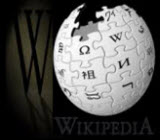|
|
Civplex Structural Engineers
Has Quality Engineers
And Engineering
|
"Important NOTE" Information Provided On This Website Is
Intended For "GENERAL INFORMATION Structural Design Goes To The Beginning Of Human History.As civilization progressed, so did the complexities of structures and its design was of critical importance. Initially it was mostly guesswork, but slowly calculations on various load bearing members were done, There are marvelous examples of structural design in human history. The entire edifice had complex structural design elements. It has stood for thousands of years. Structural engineering designs depend on the knowledge of various materials used for construction and * Applied Mechanics By using detailed empirical and theoretical knowledge of design the strength of materials used, their Safety Considerations Are Of Paramount Importance In Structural Design And A Factor Of Safety Is Always Incorporated Into The Design.This is to ensure that load bearing structures can withstand much more than the maximum envisaged load. DIFFERENT ELEMENTS USED IN STRUCTURAL DESIGN: A structure consists of a small number of different types of elements. Some of the common materials used Iron, Steel, Concrete, Aluminum, Composites, Alloys, Masonry, Timber etc. * Columns Columns: Columns are structural elements which carry axial force or sometimes both axial and bending forces. Therefore the design of the column must be able to withstand not only the axial forces; The buckling capacity of an element is very important, as this is what gives it the ability to withstand This depends on the type of material used, geometry, effective length and the restraint conditions at the The column capacity to support an axial load is subject to the degree of bending and vice versa. Beams: A beam is an element in which one dimension is much greater than the other two. Beams and columns are called line elements in structural modeling. Beams are of different types, The types of beams are: Cantilever; it is supported only at one end with a fixed connection. It is supported at one end and the middle but is unsupported at the other end. Truss: A truss is a structure which comprises of two elements; compression and tension members. Due to this relative flexibility, the trusses are subjected to mostly tension or compression. Plates: A plate is designed to withstand bending in two directions. Shells: Shells achieve their strength due to their shape. They carry compressive forces in two directions. The design of a dome is done by using a hanging chain model. In one direction it will act as a catenary in Arches: Arches carry the forces of compression only in one direction and due to this arches can be built out of
masonry. Catenaries: They derive their strength due to their form. Structural Designs Are A Vast And Complex Field Of Engineering.With the advent of computers, calculating the various loads factors has become much simpler. A sound design structure is at the heart of every construction.
"Important NOTE" Information Provided On This Website Is Intended For "GENERAL INFORMATION ONLY" And Must Be Only Be Used Only As A "GUIDE" It Must Not Be Used For Decision Making, Or Be Used For Any Building Purposes Or Legal Proceedings. Refer To Our Policies On This Website. |
|
|
|
|
|
|
|
|
|
|
|
|
|
|
|
|
|
|
Civplex Structural Engineers Pty
Ltd |
|
|
|
|
|
|
|
|
|
|
|
|
|
|
|
|
|
|
|
|
|
|
|
|
|
|
|
|
|
|
|
|
|
|
|
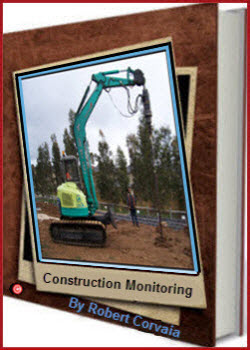 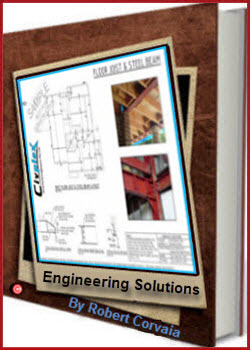 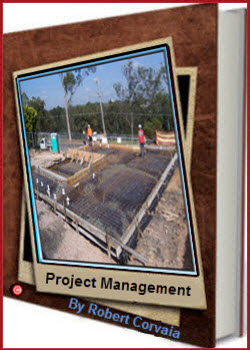 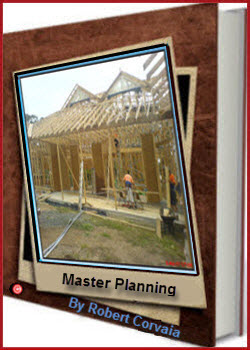 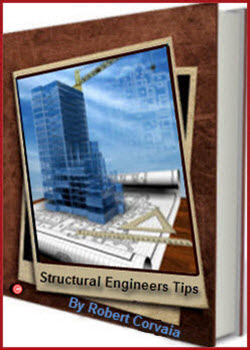 |
|
©®™
Copyright 2011 - 2021 www. Structural Engineers Civplex.com.au All Rights
Reserved Worldwide The Use of This Website Constitutes |
|
|












 Facebook
Facebook Netvouz
Netvouz Stumbleupon
Stumbleupon Technorati
Technorati BlinkList
BlinkList Digg
Digg Livejournal
Livejournal Reddit
Reddit Wists
Wists Diigo
Diigo Ma.gnolia
Ma.gnolia Twitter
Twitter Yahoo My Web
Yahoo My Web Spurl
Spurl Newsvine
Newsvine Google Bookmarks
Google Bookmarks Fark
Fark Delicious
Delicious Blogmarks
Blogmarks















